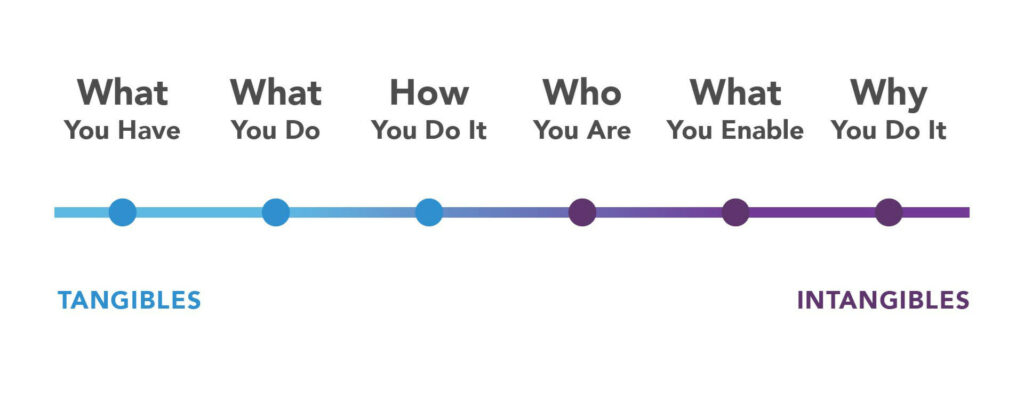A competitive review is an important part of any brand strategy initiative. It helps answer questions critical to a successful branding effort: How are competitors positioning themselves? What are the messages that consistently rise to the top? What is the white space that can be “owned” by a brand?
For past DeSantis Breindel tech ad client dataxu (now Roku Advertising), the competitive review was particularly important because the competition was particularly, well, competitive. While all of our clients face tough competition, in ad tech, it’s another level of intensity. It’s a segment marked by constant innovation, where the race isn’t just to be the first to develop something new, but to be the first—or even one of the first—to say it. The result? A segment cluttered with “me too” messaging that makes it nearly impossible to distinguish one company from another.
Innovation Isn’t Enough
It had been particularly vexing problem for dataxu, an innovation-centric company. Even if they were the first to market with an innovation, the advantage didn’t last long. Inevitably, soon after a release, messaging from competitors would begin to focus on similar features or products.
Although dataxu knew that what they had to offer was unique, this wasn’t something that could be easily gleaned by an outsider.
Finding Uniqueness in Intangibles
As part of our competitive review for dataxu, we plotted competitors along what we call the “brand spectrum,” which maps a company’s external brand positioning on a range from “tangibles” to “intangibles.” Sure enough, dataxu’s competitors tended to concentrate on the tangibles: what they have and what they do.
In other words, the key players in ad tech all focused on products, features, and the latest innovation. And these messages were largely indistinguishable from one company to another.

We generally find that brand differentiation increases the closer you get to the right of the spectrum. This is where a brand can move beyond a focus capabilities and services—which anyone can talk about—to tell a deeper, more differentiated story about how it approaches its work, what it enables, or why it exists. A core part of work closely with our clients to uncover the unique elements of their story that resonate with the marketplace and can form the basis for a powerful story that’s theirs and theirs alone.
Research Zeroes in on an Ownable Brand Positioning
Though our analysis revealed dataxu to already be somewhat closer to the intangible end of the spectrum than the competition in the ad tech space, research revealed that there was significant opportunity for them go even further. We found that firmly positioning themselves around what they enable for their customers would help them tell a completely different story in a space oversaturated with feature-focused messaging—and would be true to what we learned about their approach to customer relationships.
In our internal workshop and customer interviews, we learned that corporate CMOs (dataxu’s most important audience) were struggling amidst rapid changes in the media buying landscape. They told us that dataxu was their partner in navigating this change, that dataxu essentially “had their back.” While impressive on its own, this was all the more remarkable given the decided lack of customer focus in an industry facing a crisis of trust.
Taking It to the Market
Having uncovered a promising area of opportunity for the future brand, we worked with dataxu to build a brand positioning around the role they play as a champion for the marketers who use their services. The new brand, whose essence can be summarized in the line “Powered by data. Inspired by you” is firmly focused on empowering CMOs to succeed—rather than on products—placing dataxu in unclaimed brand territory it can effectively own.
Want to research and build the B2B brand strategy that sets your business apart? Let’s talk.
Subscribe to Our Newsletter
Originally published March 6, 2021.



